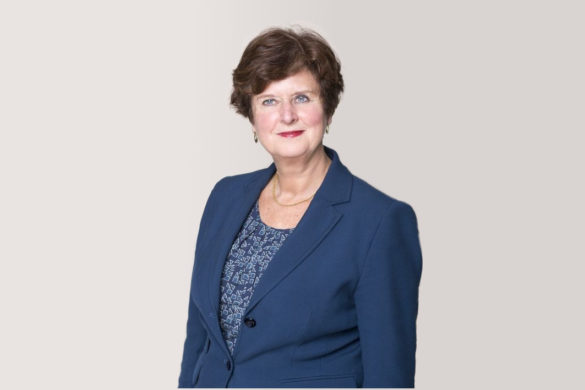The neurological examination has grown with our profession over the past 150 years. Neither the examination as a whole nor its individual parts have been subjected to the sort of rigorous evaluation which would command an instant Level A recommendation from an EFNS guideline panel. Nevertheless as a Good Practice Point the examination commands the leading position in the list of neurological investigations. Last year Johnston and Hauser, editors of the Annals of Neurology (volume 70, A10), called for research into the value of the different aspects of the “ethereal” neurological examination. The call was hotly debated in subsequent correspondence as being either overdue on the one hand or unnecessary and inappropriate on the other.
The examination is subservient to the history. We use it either to test hypotheses generated by the history and clinical setting or to identify asymptomatic or unexpected coincidental disease. However the examination has other purposes. It allows us to get to know our patients better. It enhances rapport and empathy. It builds our store of knowledge of the range of normal and makes us better judges of the significance of clinical signs. It can (but too rarely does) provide a reproducible record of a patient’s state as a reference for assessing change at later visits. It even, as the editor of Practical Neurology recently admitted, buys time to think what to do when we are stuck.
We each learn or learnt the technique of the neurological examination from our seniors, and even sometimes our students, and develop our own styles which we adapt to the needs of the occasion. This is where undressing comes in. You can learn more in two seconds when examining an arm with the shirt off or a leg with the trousers off than in two hours with the sleeve or trousers pulled up. Sometimes the diagnostic signs are hidden by the underwear: an ultra-low appendix scar caused meralgia paraesthetica in a young woman; the pathognomonic café au lait patches under a boy’s underpants made the diagnosis of neurofibromatosis 1. We deduce from illustrations in 19th century medical publications that undressing patients then was complete. Stark nakedness would not be appropriate today but tactful exposure of the appropriate anatomy, if necessary in the presence of a chaperone, is often needed.
It is sadly common to read in medical, but not I hope neurological, notes that the neurological examination is not possible because the patient is unconscious or confused. This is of course when the neurological examination is even more important although the techniques and observations are necessarily different.
There is no one right method for performing the neurological examination. At the time of a merger of two medical schools to form the King’s College London School of Medicine, 30 consultants met to determine a common core neurological examination to teach our students. After an hour of intense and at times hilarious debate we had only reached the second cranial nerve and even then were not sure that we had reached agreement about the first two.
The EFNS offers two aids to the examination of the nervous system. Firstly you have access through eBrain at www.eBrainjnc.com to 17 modules on different aspects of the clinical assessment. Have a look. Secondly at the start of each EFNS Congress there are teaching courses on neurological examination. They provide a forum where a sub-specialist, who I would rather call a super-specialist, demonstrates the tricks of their trade. At the Congress in Stockholm this year we will hear how to examine myasthenia from Ritva Matell, Stockholm, Sweden; cognitive and behavioural changes from Murat Emre, Istanbul, Turkey; and Tourette syndrome from Jean-Luc Houeto, Poitiers, France. Since good examination technique is one of the keys to excellence in neurology, be there in time for a 9.30 am start on Saturday morning. The courses are free.
See you there!












